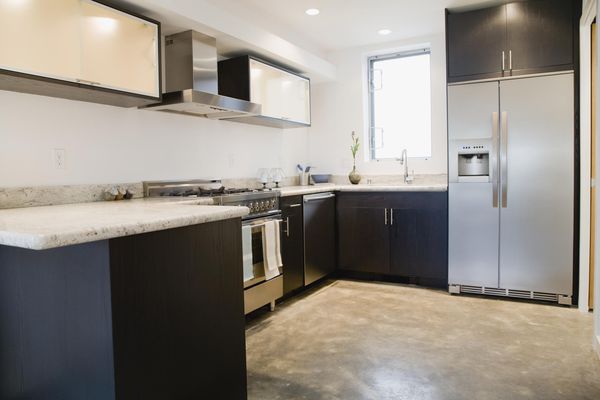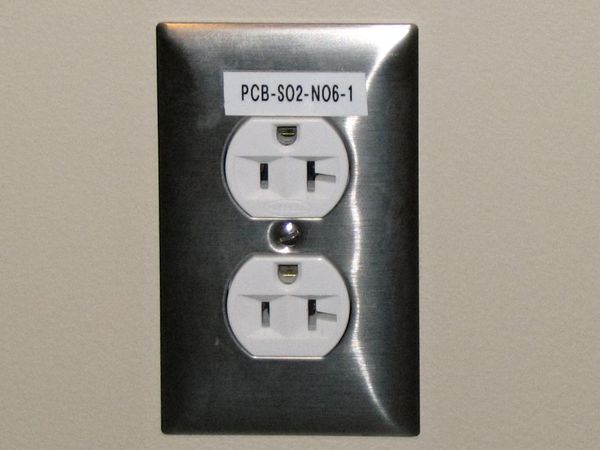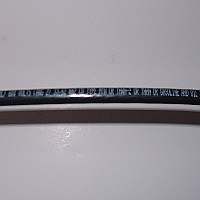Home electrical wiring and connections, what you need to know

It's time to tackle some wiring projects in your home, but where do you begin? It's important that you know what you're dealing with before you start, so a little lesson in 'Wiring 101' is in order. From understanding the different types of wires you'll find to installing switches, outlets, and a few major appliances, let's look at the basics of home wiring. 01 of 09 The Common Wires in Your Home Before you begin your first DIY electrical project, you should learn a little about the wires you'll be working with. Wires vary greatly and each is designed for a purpose. The wiring in your home is chosen to accommodate the load it must carry as well as the conditions it will be exposed to. Some are designed for indoor use while others can be buried. Some are for your panel while others hook up your lights and outlets. It may be confusing at first, but you will probably deal with only a few typ...





